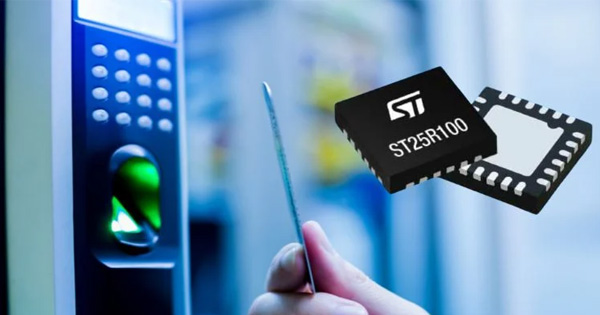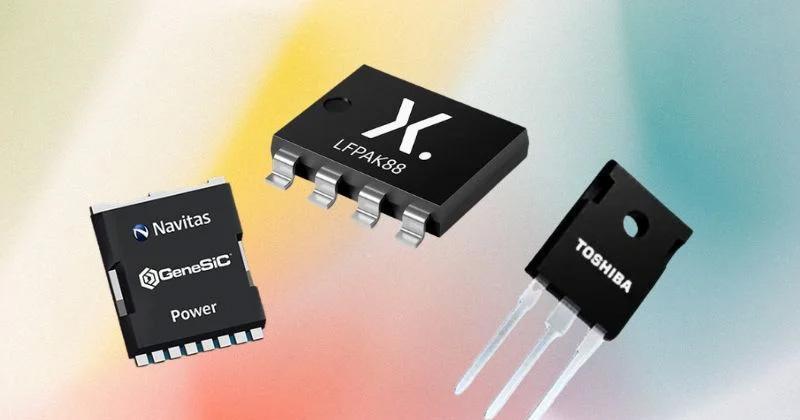
Op Amps From ST, TI, and Rohm Vault Analog Design Challenges
The operational amplifier (op-amp) is a critical and versatile component when designing analog electronics. Even though the world is increasingly digital, the impact of analog electronics cannot be understated in fields such as sensing or industrial control.
While the humble op amp has been a staple in the industry for many years, different organizations regularly release new and improved offerings for analog amplification. STMicroelectronics, Texas Instruments, and Rohm Semiconductor recently released new op amps, each built to tackle a unique problem that plagues analog designers. The three op amps discussed here offer designers higher power and performance, targeting metrics like precision, efficiency, and speed.
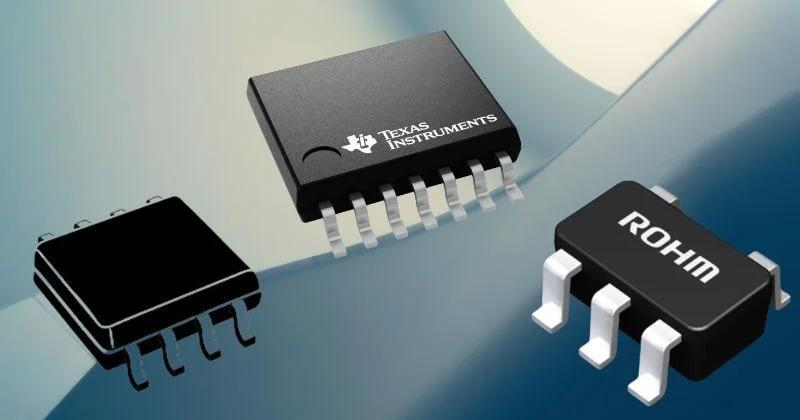
ST: Industrial and Automotive Op Amps
Kicking off this roundup, STMicroelectronics (ST) has announced the TSB952 series of dual op amps for industrial or automotive applications that must withstand higher voltages.
The TSB952 series (datasheet linked) supports a supply voltage range from 4.5 V to 36 V, providing designers sufficient headroom to use industry-standard voltage rails alongside a faster op amp. In terms of transient performance, the TSB952 series includes a slew rate of 26 V/µs and a corresponding gain bandwidth of 52 MHz.
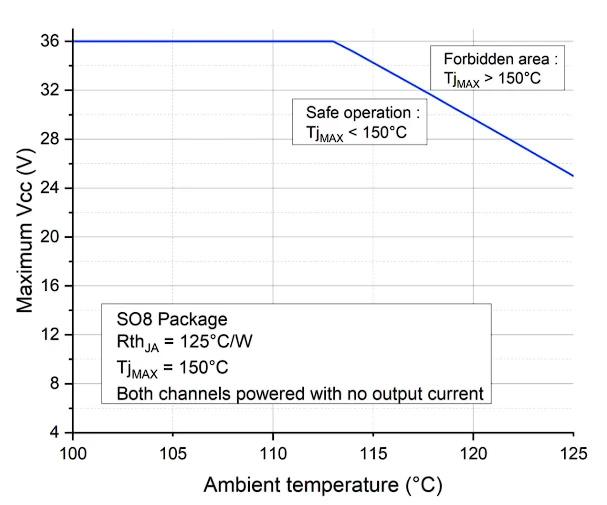
Across a broad temperature range, the TSB952 can support up to a 36-V supply voltage, allowing designers to integrate op amps with industrial voltage levels. Image used courtesy of ST
In addition to supporting higher supply voltages, the TSB952 series sports a low supply current at 3.3 mA per channel at 36 V, ensuring that power is not wasted. The TSB952 is available in DFN8 and SO8 packages.
TI: Low-Power Precision Op Amp
Texas Instruments (TI) has expanded its OPA series of operational amplifiers with the OPA4391 quad op amps. These op amps ameliorate the tradeoff of power consumption, speed, and precision, filling a valuable niche for precision instrumentation.
The OPA4391 (datasheet linked) supports a supply voltage range from 1.7 V to 5.5 V, with a maximum voltage offset of 45 µV. The 1-MHz gain bandwidth, 1 V/µs slew rate, and 23.5-µA quiescent current draw strike a promising tradeoff between power and speed, ensuring that the op amps can be used easily in low-power applications without sacrificing performance.
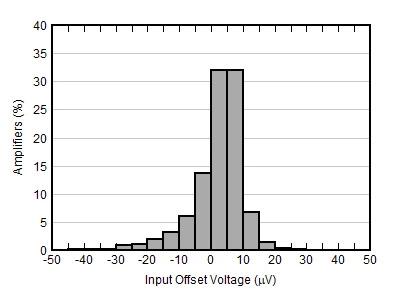
The OPA4391 features a considerably low offset voltage, mitigating steady-state errors from precision measurements. Image used courtesy of TI
The OPA4391 amplifiers make use of TI’s e-Trim technology, which creates the extremely low input offset voltage required of a precision amplifier without introducing errors during the packaging process. The OPA4391 is available in TSSOP packaging.
Rohm: Small, Low-Current Op Amps
Finally, Rohm has announced the LMR1901YG-M, a single-channel op amp with an extremely low current consumption. At a time of proliferating sensors, Rohm's new op amps balance analog amplification and power consumption in IoT applications.
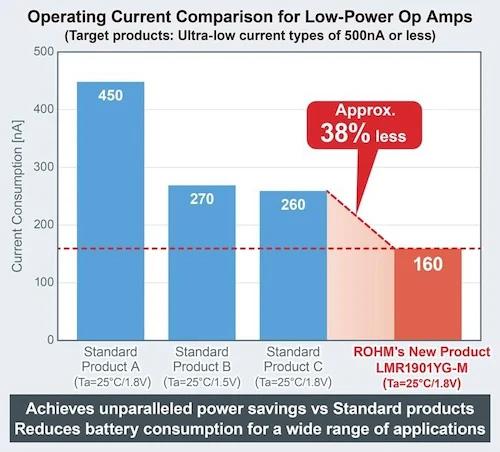
The LMR1901 shows considerable improvement in current consumption, allowing the op amp to be integrated into devices where power comes at a premium. Image used courtesy of Rohm
The LMR1901's typical current consumption of only 160 nA ensures that the amplifier can be incorporated in low-power designs. The device's low current consumption is supported by a low offset voltage of 0.55 mV, low offset drift at 7 µV/°C, and support for 1.7 V–5.5 V operation. With these specs, designers can accomplish a variety of low-frequency amplification tasks without dramatically increasing power demand.
The LMR1901YG-M (datasheet linked) is available now for sampling in an SSOP5 package.



